In the recent times, you have seen a new trend in display technology like mobile phones and tablets with foldable display screens, an extremely thin TV with rollable display. All these and many other futuristic ways of display devices like flexible and foldable displays are all possible because of the famous OLED Display Technology.
OLED Displays are becoming more and more common these days where many flagship (and some midrange) smartphones from reputed brands like Samsung, Apple etc. are incorporating them. Also, popular TV brands like LG and Sony are leading in manufacturing OLED TVs.
So, in this tutorial, we will take a look what OLED is, few basics of OLED Display Technology, the benefits of OLED Displays and a small comparison with other light sources.
What is OLED?
Before discussing the OLED Display Technology, it is essential to understand a little bit about OLEDs in general. An OLED, which is short for Organic Light Emitting Diode, is a light emitting device, where a film of organic compound acts as the light emissive electroluminescent layer and it emits light in response to an electric current.
In normal LEDs, light is emitted when electrons and holes recombine when they are injected into active region. Coming to OLEDs, electrons are injected into conduction band of organic materials while holes are injected to valence band.
Due to diffusion, both these carriers move and recombine to form excitons. Photon emission occurs as a result of decay of excitons to their ground state.
OLED depend on organic materials like small molecules or polymers, which emit light when subjected to an electric current.
Layers in OLED
A typical OLED consists of a stack of six layers. Out of these, the center four layers are the main layers on the individual OLED Pixel while the outer two layers are glass plates usually found in an OLED display.
The layers in OLED are:
- Cover Glass
- Cathode
- Emissive Layer (Small Organic Molecules or Polymer)
- Conductive Layer (Small Organic Molecules or Polymer)
- Anode
- Glass Substrate
How OLED Emits Light?
An OLED is a semiconductor light emitting device usually with a thickness of 100 to 500 nanometers. It consists of two organic layers, where one of the layers is a conducting layer and the other layer is an emissive layer.
Both these layers are sandwiched between two electrodes (cathode and anode). The whole stack is deposited on a glass substrate with another glass top to seal the layers.
The conductive layer next to the anode and is made up of organic molecules. These molecules help in transportation of holes from anode. On the other hand, the emissive layer, which is a layer of organic compound, help in transporting electrons from cathode.
When a potential is applied between anode and cathode, there is an electrical current flowing from cathode to anode through the emissive and conductive organic layers, in that order. Electrons from the cathode enter the emissive due to the flow of current and the electrons in conductive layer enter the anode.
Since the electrons in the conductive layer are removed, it is filled with holes that must be re-filled with electrons. For this recombination, holes from conductive layer jump to emissive layer which is filled with electrons. As the electrons and holes recombine, an extra energy is released in the form of bright light.
Materials used in OLEDs
Efficiency and lifetime of OLEDs is dependent on the materials used for each layer in a typical OLED. Research and development for newer materials has led to tremendous improvements in efficiency of OLEDs. In fact, OLED devices can easily achieve thousands of hours of operating time and can defeat traditional LEDs in terms of efficiency.
Coming back to the layers, different OLEDs have different organic layer structures like single layer, two layer and three layer OLEDs. The more the layers, the better the efficiency.
In higher layer OLEDs, like three layers, for example, the conductive layer is replaced by two layers called Electron Transport Layer (ETL) and Hole Transport Layer (HTL) for better efficiency.
Substrate
The substrate in OLED is used structurally support it. It is usually made up of plastic or glass.
Anode
The anode is a transparent material usually made up of Indium Tin Oxide (ITO). The work function of anode is higher when compared to that of cathode as it has to inject holes into the conductive layer.
Cathode
The cathode usually has a lesser work function as it has to simple inject electrons into the emissive layer as hence metals like Aluminium, Calcium and Barium are often used as cathode.
Usually, only one the electrodes (Anode) is transparent for the light to pass but sometimes, even the cathode is transparent (used in transparent displays).
Electron Transport Layer
The electron transport layer is usually made of one of the following:
- PBD — 2-(4-biphenyl)-5-(4-t-butylphenyl)-1,3,4-oxadiazole
- Alq3 — tris(8-hydroxyquinoline) aluminum
- TPBI — 1,3,5-tris(N-phenylbenzimidizol-2-yl) benzene
- BCP — bathocuprene
Hole Transport Layer
The material generally used in hole transport layer are:
- TPD — N,N-diphenyl-N,N-bis (3-methylphenyl)-1,1- biphenyl-4,4-diamine
- NPB = 1,4-bis (1-naphthylphenylamino) biphenyl
Emissive Layer
The emissive layer consists of organic molecules made from polyfluorene.
Classes of OLED
Based on the type of organic compound used in the layers, OLEDs can be basically divided into two families. They are:
- Small Molecule OLED (SMOLED)
- Polymer OLED (P-OLED)
The small molecule OLEDs were the first type of OLEDs to be manufactured and they are fabricated using vacuum evaporation technique. This technique is developed by Eastman-Kodak. Molecules like Alq3 are generally used as organic compound.
Coming to Polymer based OLEDs, it was developed by Cambridge Display Technologies where an electroluminescent conductive polymer like polyfluorene is used as the organic compound.
The manufacturing of SMOLED devices, whether lighting devices or displays, involve thermal evaporation in vacuum, which makes it an expensive process. On the other hand, in PLEDs or P-OLEDs, the polymer is usually deposited by spin coating or ink jet printing.
Recently, a new type of OLED Technology called Phosphorescent OLED is being used where the electrophosphorescence principle is used to convert electrical energy to light with very high efficiency, as high as 100%.
OLED Display Technology
OLEDs can produce very accurate colours and can be treated as an ideal modern light source. But the main application of OLEDs is Display Devices. OLEDs are more common as displays than as light sources.
They are used in digital displays of TV, Smartphones, Monitors, Gaming Consoles, Tablets etc. The main advantage of OLED is that it doesn’t require any backlight as each pixel of the display is self-illuminating.
In LCD displays, you need a source of White Backlight, usually in the form of LEDs (edge lighting or direct lighting). But the contrast levels are much better in OLED displays as they can produce deeper black levels whereas the black in LCD is usually dark grey.
OLED Displays and Matrix Types
Since OLEDs are current controlled devices i.e. the brightness of the output light is directly proportional to the amount of current flowing. Therefore, the OLED Display Technology mainly consists of carefully and precisely controlling and modulating the electrical current flowing through individual pixel of the display.
As a result, the matrix style arrangement of the Pixels is implemented for better display of the images or text. Based on the arrangement and controlling OLED Displays are usually divided into two types. They are:
- Active Matrix OLED (AMOLED)
- Passive Matrix OLED (PMOLED)
AMOLED
Active Matrix Organic Light Emitting Diode or simply AMOLED Displays use a matrix of OLED Pixels that are controlled by a TFT (Thin-Film Transistor) Array. The TFT array controls the current flow to individual pixel.
Usually, the anode layer of the OLED is kept in parallel with the TFT Array, which helps in turning ON or OFF the desired pixel. As a result, when there is no need, that particular pixel is turned off and a black image appears at that spot.
The response time of AMOLED Displays is very less and since each pixel can controlled individually, AMOLED displays are more common in larger displays like TVs, Mobile Phones, Tablets, Monitors etc.
PMOLED
Passive Matrix Organic Light Emitting Diode or simply PMOLED Displays on the other hand use a sequential control of each rows. The anodes and cathodes are arranged perpendicular to each other. Both anode and cathode must be selected by an external control circuitry to determine the exact pixel to be turned on or off.
Due to the sequential control, PMOLEDs are restricted with display size as it has direct affect on the response time. So, smaller displays like Character Displays, icon displays, smaller mobile phones, MP3 Players etc. usually use PMOLEDs.
Foldable OLED
A more recent trend in displays is to have a foldable screen. Mobile manufacturers like Samsung and Huawei showcased Foldable Phones very recently. They are made of flexible metallic foils. LG has recently introduced a rollable OLE TV.
Even though the durability of the folding technology is arguable, the OLED Display Technology definitely opened a creative and ultra-modern utilization of displays.
Advantages
- The cost of manufacturing OLEDs will be significantly less than that of LCDs in the near future.
- Using OLEDs, you can manufacture light-weight, ultra-thin and flexible displays.
- OLEDs have the best contrast ratio of all the current display technologies due to self-illuminating pixels. OLEDs can provide deep blacks and also the colours do not shift even when the viewing angles are 900 to normal.
- Displaying black images o OLED displays is very power efficient as all the pixels are turned off for showing black image.
Disadvantage
- When displaying a white image, all the pixels are lit up and causes more power consumption. Hence, dark mode is becoming more common in OLED Mobile phones when working on documents.
- The organic materials are easily damaged when water comes into contact. But this has been overcome by improving the sealing technique.
- The main disadvantage of OLEDs is its lifetime. The lifespan of OLED displays is typically less than that of LCD (with LED backlight) and Plasma technologies.
The post OLED Display Technology appeared first on Electronics Hub.
from Electronics Hub http://bit.ly/2HCRUcu
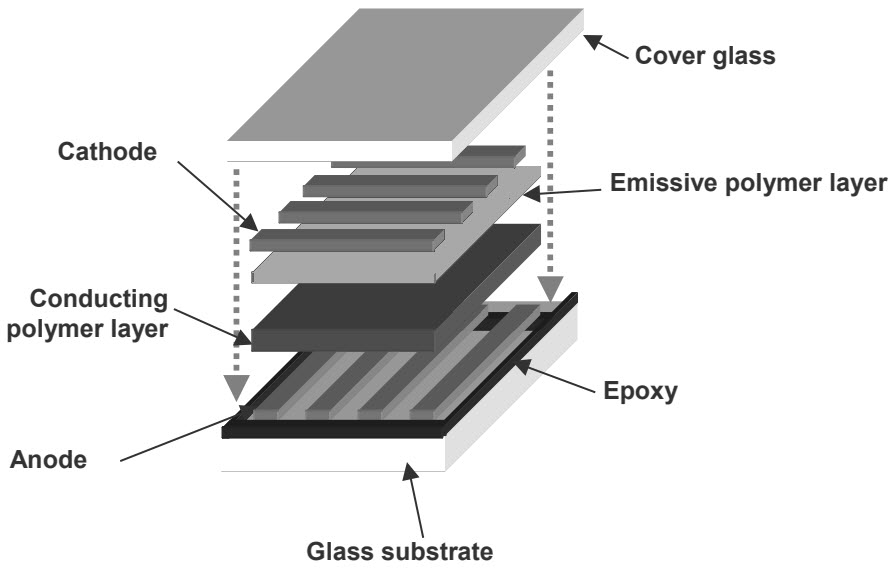
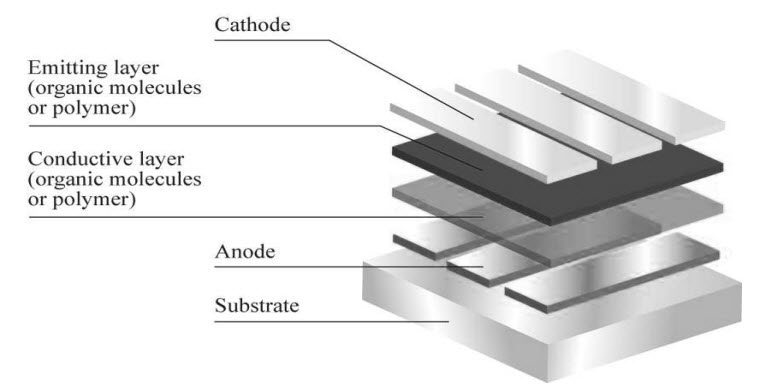
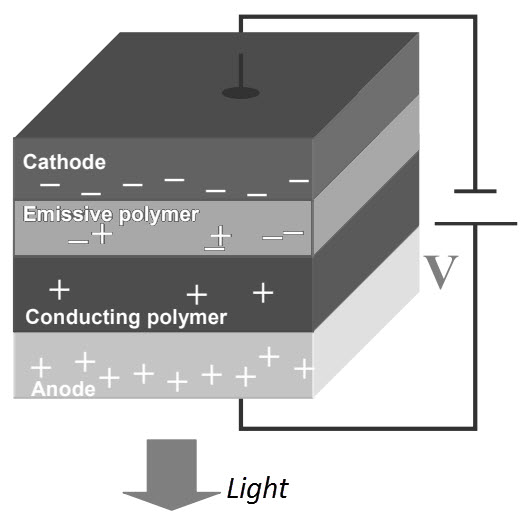
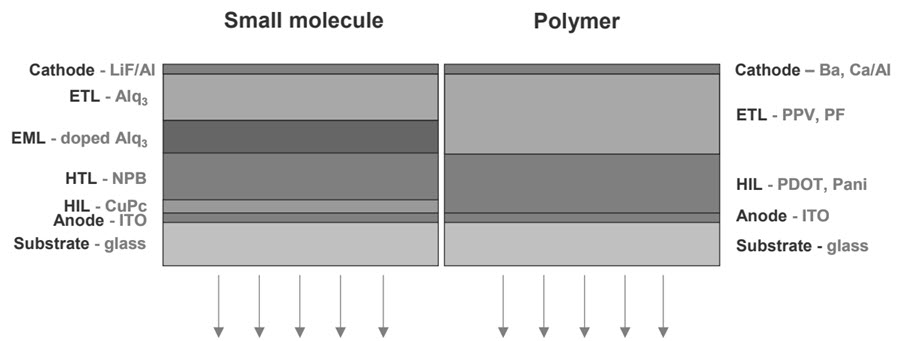
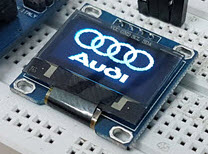
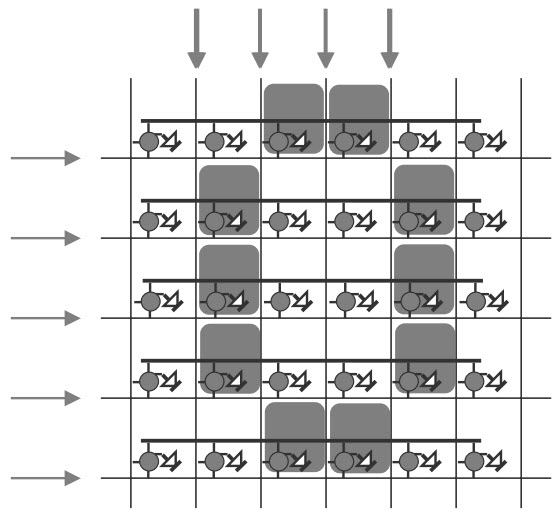
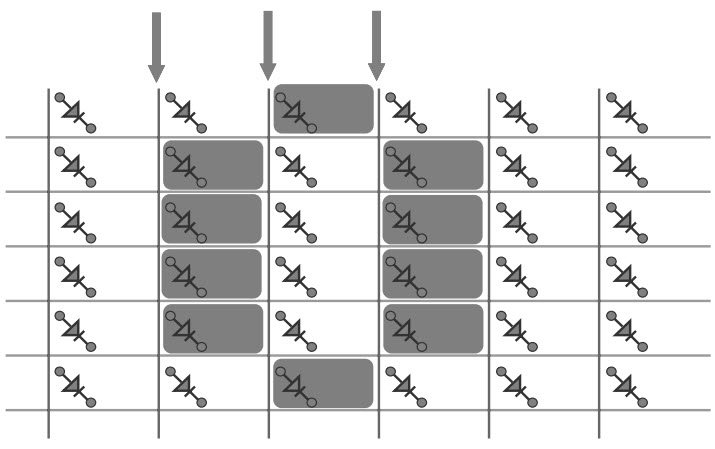
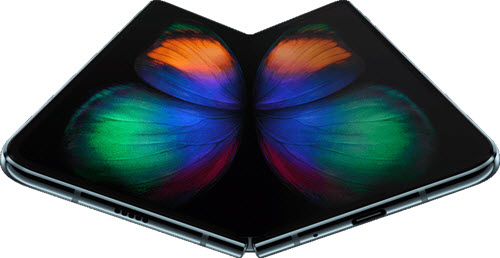
No comments:
Post a Comment